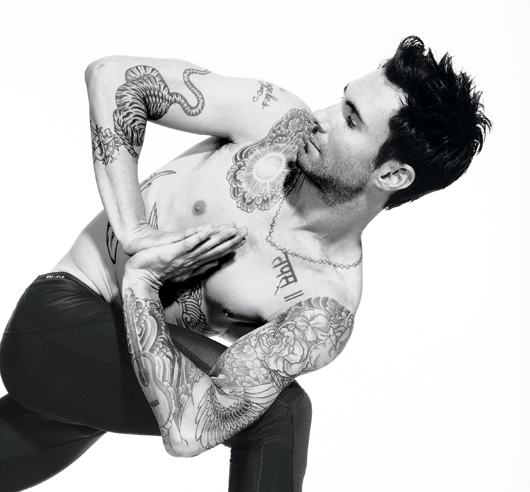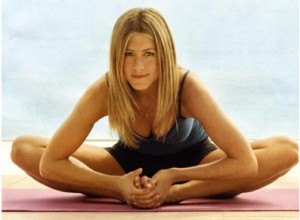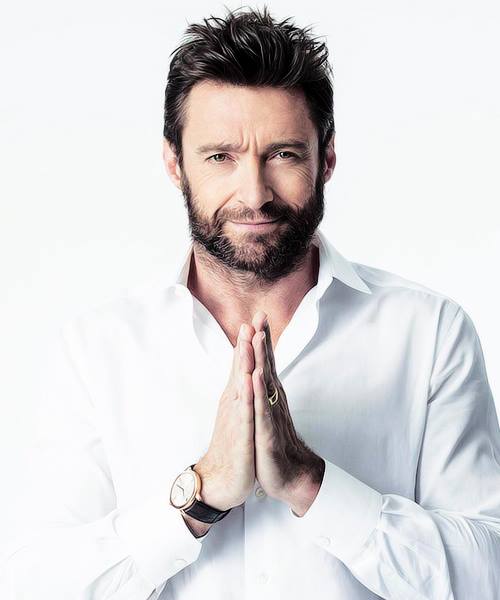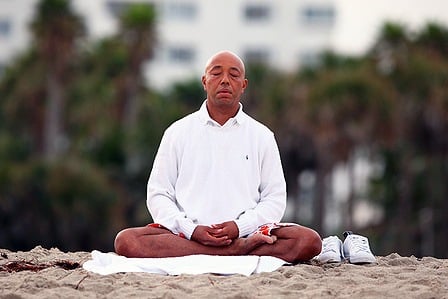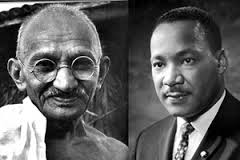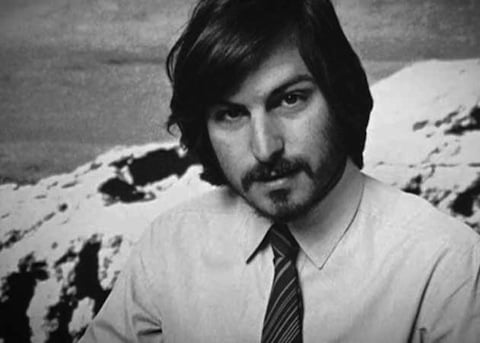Did you watch the interview Eckhart Tolle did at the Google office? He sent out a warning to all of us who are getting so lost in the world of data and devices that we lose touch with our inner selves. This is a critical time–we need to make sure we take plenty of pauses to get back in touch with who we truly are. Vedic practices can help us, just as they’ve helped many highly successful people. In this article I share 7 Vedic practices that are used by some highly successful people, and tips on how you can incorporate them into your own lives.
1. Yoga for Healthy Body
Madonna, Adam Levine, and Sting have all found the healthy benefits of yoga as a means to stay outwardly active, but also to be aware of their inner body. Yoga is an ancient Vedic path that provides several techniques to help bring back our outward awareness and consciousness while still going inward within ourselves. The overarching term “yoga” is much bigger than just maintaining a healthy body, but starting with yoga asanas (postures) is a great beginning to going onto the deeper secrets of the union of human consciousness with that of the universe.
Tips for Yoga Beginners:
Before you join up any yoga class, think about why you want to do yoga in the first place—is it simply to tone your physique, do you want a more thoughtful, deep approach, or do you just want to see what it’s all about? Don’t give up before you start just because it’s too popular. Try to look past the popular cliches, and think about why it has become popular. Keep an open mind and be aware of what’s going on within yourself as you practice. There are many variations of yoga—some are simple, some are intense, some are mindful. If your first one or two classes don’t work out, don’t give up. Try to find a class that fits your needs—they’re not all alike.
2. Ayurveda for Healthy Lifestyle
Jennifer Aniston, Cameron Diaz, and Gwyneth Paltrow all seem to ooze a vibrant, fresh, happy-in-my-skin look. This is because they’re in tune with their body and their body type, and stay in alignment with it. Ayurveda is an ancient holistic integrative science that takes into account the air we breathe, the food we eat, the energy we’re composed of, and the circumstances we live in. How we process the world around us depends on how aligned we are with our bodies and minds.
Tips for Ayurveda Beginners:
Start slow and simple. Begin with taking an honest look around yourself, the food you eat, the lifestyle you live. Just becoming aware is your first step. Here’s a previous article I wrote on Lifehack that gives some simple Ayurvedic tips on waking up fresher every morning. It’s not a one-size-fits-all solution. Get an assessment of your Dosha (energy type) which will give you a good start to incorporating Ayurvedic recommendations that are right for you.
3. Dhyana for Healthy Mind
Hugh Jackman practices Transcendental Meditation, Liv Tyler uses Vipassana, and Donna Karan started meditation, yoga, and reiki at UCLA Hospital. These are all highly successful people who are taking time to meditate because they know the benefits of meditation. Physically, it helps lower blood pressure, relieves tension-related aches and pains, improves the immune system. It also helps decrease anxiety, increase emotional stability, and strengthen clarity of mind. But the most important benefit of all is that it helps you get a little closer to having some peace of mind.
Tips for Dhyana Beginners:
Start with 10 minutes—it’s important to have a time and place set aside, so you have it built into your day. This helps make it a habit. Don’t look for results. It’s difficult to gauge results when you’ve only started meditating for a few days. Meditation has a slow and subtle way of achieving long term results, so stay with your routine. There are several variations of meditation, and all of them work. You have to find a variation that works for you.
4. Pranayama for Healthy Breathing
Russell Simmons, Deepak Chopra and Tara Stiles are big believers of Pranayama, and for good reason. Prana is the energy of life itself. It is all the energy in the entire universe, sometimes subtle, sometimes solid. It makes flowers open, babies smile, people breathe, and the world to go round. Pranayama is the art of aligning ourselves with this energy, through our breath. When we start paying attention to our breath, we will notice that it is a powerful way to focus energy.
Tips for Pranayama Beginners:
Look for a Yoga class that offers Pranayama as well. For a beginner, it is not advisable to practice Pranayama without guidance. Start small and slow. There is no rush to achieve anything. Pay full attention to what is going on within you as you practice Pranayama. Otherwise, the effects are wasted.
5. Satsang for Healthy Community
Oprah Winfrey is a great example of someone who created a platform for healthy conversations. She went from a newsreader to a talk show host to a cable network owner, all while talking about the conversations that are important to the community she created. Satsang in Sanskrit means being in the company of the highest truth. It is a gathering of like-minded people to converse about the topics that are meaningful to them.
Tips for Satsang Beginners:
Words and thoughts have power. Join the company of those whose words and thoughts are meaningful to you. Try to let go of friends or acquaintances who don’t project a positive energy for you. If you don’t have a community you belong to, create one. Start having the conversations you want to have. It could be a book club, an online forum, or a weekly meditation session.
6. Guru for Spiritual Mentoring
Although Martin Luther King never met Mahatma Gandhi, he was directly influenced by Gandhi’s philosophy of nonviolence. Mitch Albom had Morrie Schwartz. And Henry David Thoreau had a mentor in Ralph Waldo Emerson. Great people have always had good things to say about their mentors. The word Guru has lost its original meaning, but in Sanskrit, it literally means “one who dispels darkness (ignorance)”. We can each benefit from having a mentor who provides guidance in times of spiritual crisis.
Tips for finding a mentor:
Think about who you look up to, who you think walks the talk, or who you’d want to be like when you grow up (whenever that may be)./ There’s a proverb: “When the student is ready, the teacher arrives.” Be open and receptive to the people who show up in your life.
7. Ashram for Healthy Retreat
Steve Jobs went on a spiritual retreat to India in 1974, came back a Buddhist with a shaved head. Not that we all have to go to India or shave our heads, but spiritual retreats are an important Vedic tradition: retreat to the forest. cave, or ashram to spend time in solitude and silence. This helps immensely to recharge, reset our course, and reconnect with our inner selves.
Tips for Retreat Beginners:
As retreats have been popular in modern times, it’s increasingly easier to find one that suits your temperament and needs. Start with one that offers guidance along with plenty of alone time. Prepare ahead of time to unplug completely from your phones and devices.
Featured photo credit: Oprah Winfrey visits Fairfield, Iowa via healingdaily.com
